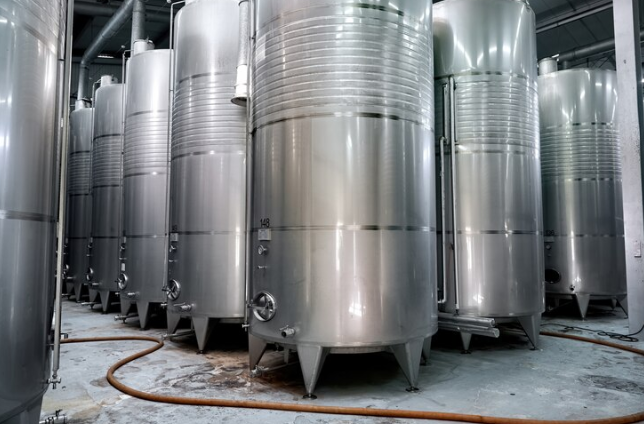Choose the Right Eccentric Reducer for Your Piping System
Choosing the right eccentric reducer for your piping system is crucial for maintaining efficient fluid flow and preventing potential issues such as air pockets or flow disruptions. Eccentric reducers are used in various industries, including chemical processing, oil and gas, and HVAC systems. They differ from concentric reducers in that they have an off-center axis, which helps in maintaining consistent flow rates and reducing turbulence. Here’s a guide on how to select the right eccentric reducer for your needs.
Understanding Eccentric Reducers
An eccentric reducer is designed to connect pipes of different diameters, ensuring a smooth transition in flow direction. Unlike concentric reducers, which have a central axis, eccentric reducers have an offset axis. This design feature helps in preventing the accumulation of gases or vapors at the top of horizontal pipelines, thus ensuring an uninterrupted flow.
Consider Your Application
Fluid Characteristics: The type of fluid flowing through the system plays a significant role in determining the right eccentric reducer. For instance, in systems transporting slurries or viscous liquids, an eccentric reducer with a flat side at the top helps avoid air entrapment and ensures smoother flow.
Flow Direction: The installation position of the reducer affects its performance. Eccentric reducers are typically installed with the flat side on the bottom (when horizontal) to prevent air pockets in liquid flow and with the flat side on top to allow the free flow of gases.
Material Selection
Choosing the correct material for your eccentric reducer is vital. The material should be compatible with the fluids being transported to avoid corrosion and other issues. Common materials include:
Stainless Steel: Ideal for corrosive environments and high-temperature applications. It is also suitable for systems involving a 50 gallon tank, ensuring durability and longevity.
Carbon Steel: Used in lower-cost applications but less resistant to corrosion.
PVC or Plastic: Suitable for low-pressure, non-corrosive applications.
Size and Dimensions
Diameter: Ensure the reducer’s inlet and outlet diameters match the connecting pipes. A mismatch can cause turbulence and pressure drops.
Length: The length of the reducer affects the flow characteristics. Longer reducers provide a more gradual transition, reducing turbulence and pressure loss.
Pressure and Temperature Ratings
Eccentric reducers must be able to withstand the system’s pressure and temperature. Check the specifications to ensure the reducer meets or exceeds these requirements. Stainless steel reducers, for example, offer excellent performance under high pressure and temperature conditions, making them suitable for demanding applications involving a 50 gallon tank in industrial settings.
Installation Environment
Consider the environment where the reducer will be installed. Factors such as exposure to chemicals, weather conditions, and physical impacts should influence your choice. Stainless steel is often preferred for harsh environments due to its robustness and resistance to corrosion.
Compliance with Standards
Ensure that the eccentric reducer complies with relevant industry standards and certifications. This guarantees that the product meets safety and performance benchmarks.
Cost and Availability
While it’s important to choose high-quality reducers, budget constraints are also a consideration. Compare prices from different suppliers, but don’t compromise on quality. Ensure the selected reducer is readily available and that spare parts can be easily sourced.
Consultation and Expert Advice
When in doubt, consult with experts or suppliers who specialize in piping systems and fittings. They can provide valuable insights and recommend the best eccentric reducer based on your specific requirements.
Conclusion
Selecting the right eccentric reducer for your piping system involves careful consideration of various factors, including th type of fluid, flow direction, material, size, pressure and temperature ratings, installation environment, and compliance with standards. By taking these factors into account, you can ensure optimal performance and longevity of your piping system. Whether you’re integrating a 50 gallon tank or managing a complex industrial setup, choosing the right eccentric reducer is a crucial step toward maintaining efficient and reliable operations.

